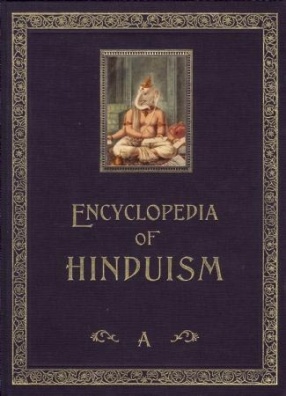
Showing all 6 books

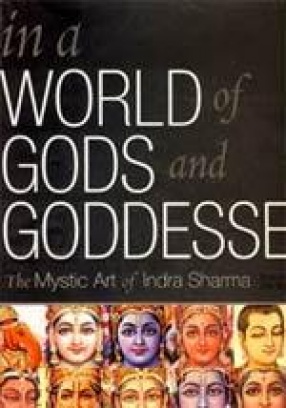

The 11-volume encyclopaedia which covers Hindu spiritual beliefs, practices and philosophy, encompasses more than 7,000 articles that span Indian history, civilisation, language and philosophy; architecture, art, music and dance; medicine, sciences and social institutions; and religion, spirituality and the role of Hindu women.
More than 1,000 colour illustrations and photographs bring the Hindu traditions and culture alive for readers.
The Indian Heritage ...

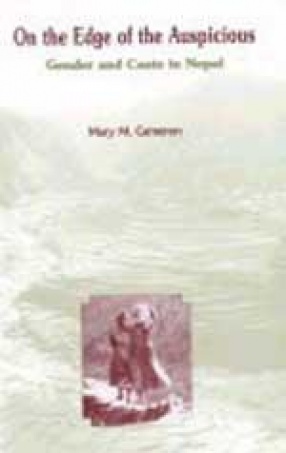
People of lower caste live throughout the villages of Nepal but have been noticeably absent from ethnographic accounts of the Himalayan region. Staring from the perspective of lower-caste Hindu women, Mary M. Cameron offers a long-overdue study of artisans and farmers in western Nepal. On the Edge of the Auspicious skillfully shows the connections between caste hierarchy and gender relations leading to domestic, economic, and religious power of lower-caste women. ...

Indra Sharma is one of India’s most noted painters. He comes from a long line of traditional painters dedicated to exerting a genuine spiritual influence on society through artistic means. Of several hundred of Sharma’s masterpieces produced over the past five decades, a selection is presented here to preserve these timeless paintings fro posterity. Through them, the reader will encounter the eternal wisdom of Hindu epics, such as the Mahabharata and ...
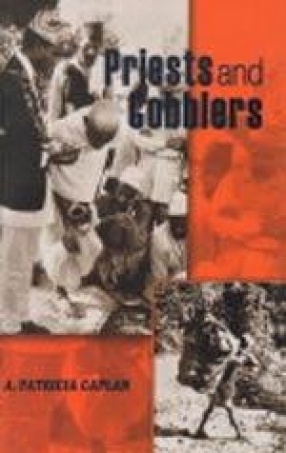
This book is a study of the changing relations between members of the priestly caste (Brahmins) and a group of untouchables (Cobblers). The study covers a period of several decades up to the time of fieldwork at the end of the 1960s in a Hindu village in Western Nepal. From a position of almost total economic dependence on the priestly caste, the untouchables had become increasingly independent because of the new opportunities available in the expanding economy ...
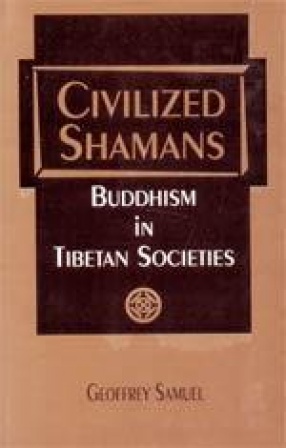
Civilized Shamans examines the nature and evolution of religion in Tibetan societies from the ninth century up to the Chinese occupation in 1950. Geoffrey Samuel argues that religion in these societies developed as a dynamic amalgam of strands of Indian Buddhism and the indigenous spirit-cults of Tibet. Samuel stresses the diversity of Tibetan societies, demonstrating that central Tibet, the Dalai Lama's government at Lhasa, and the great monastic institutions ...
